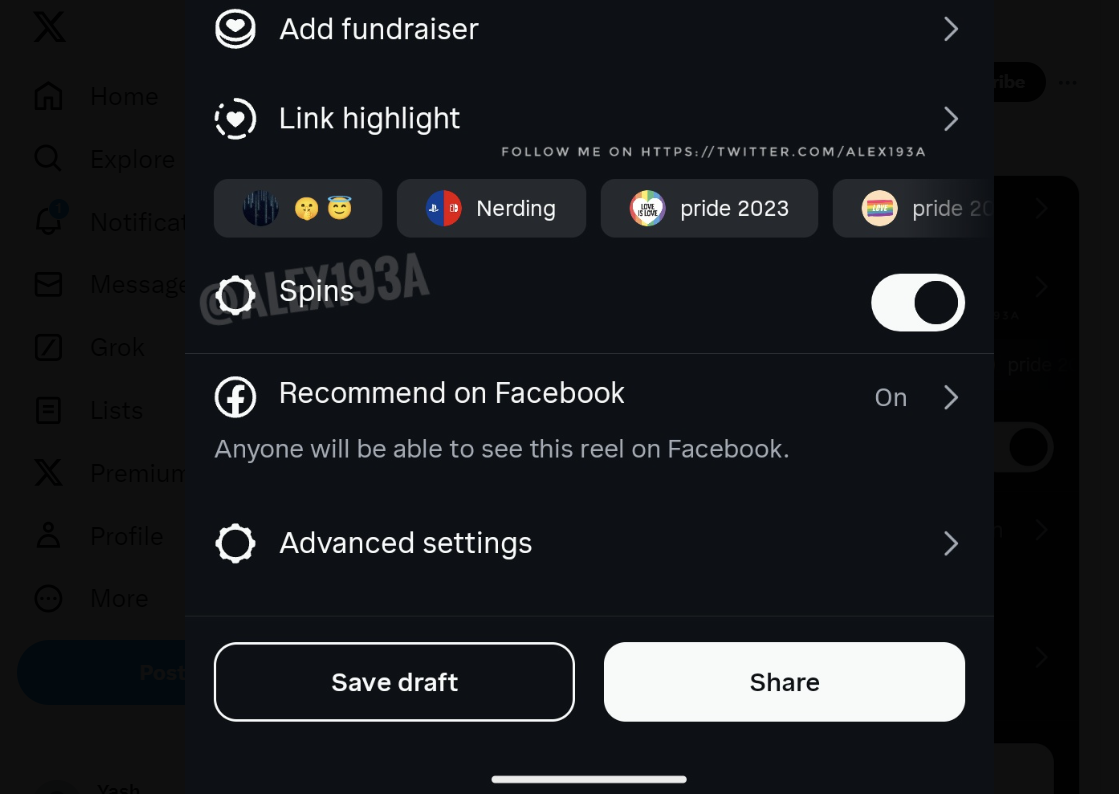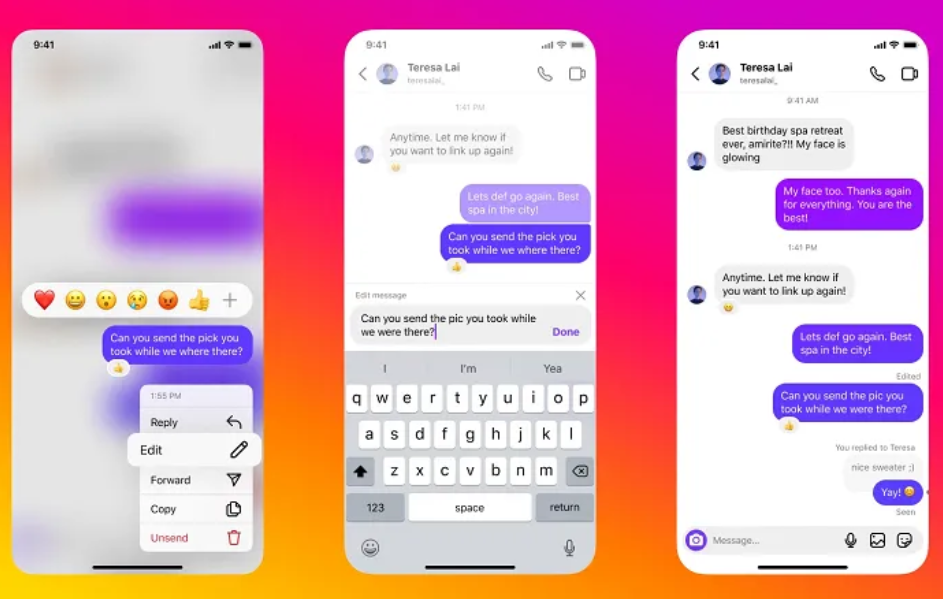Instagram in 2024 has evolved far beyond a photo-sharing app, becoming a fully integrated digital ecosystem that shapes how we connect, shop, and express ourselves. Over the next five years, the platform’s growth will be driven by innovations in AI, immersive technology, and community-based experiences, making it a pivotal force in the world of social media. By 2029 Instagram might be a totally different app.
AI will play an even larger role in how users interact with Instagram. The platform will likely be filled with AI-generated content that is hyper-personalized, from captions to entire video reels. Tools which are optimized with AI will enable users to create high-quality custom visuals tailored to their specific needs. These innovative tools will not only assist creators in generating compelling content but will also improve the experience for followers by offering a more personalized, curated and interactive feed. With content evolving dynamically based on user preferences and engagement patterns, Instagram will become more responsive to individual tastes. Moreover, advanced AI will transform content discovery by analyzing user behavior in real time, allowing the platform’s algorithm to predict desired content even before users realize it, making the app feel more intuitive and engaging than ever before. Expect deeper integration of virtual influencers—AI-created personas that interact with users just like real influencers, blurring the line between human and digital interaction.
One of the major changes by 2029 will be the widespread integration of Augmented Reality (AR) and Virtual Reality (VR) into the Instagram software.In the next five years, augmented reality filters and lenses will become widely used and offer completely immersive experiences. Before making a purchase, users will be able to participate in virtual events, and engage with objects in lifelike simulations. Users will be able to try on clothing, accessories, and even interior design through virtual reality showrooms while shopping virtually from the comfort of their homes. This change will increase consumer trust and conversion rates while also making social shopping more interesting.
Instagram will continue to hone its community-focused strategy as users look for more personal and meaningful interactions on the platform. Hyper-personalized groups where users can interact with like-minded people will be given priority by the app. These smaller focused groups will offer personalized feeds and content tailored to individual preferences, fostering deeper connections among users. Instagram will offer more private spaces, such as enhanced “Close Friends” options or exclusive group chats for communities. Subscription models, already popular today, will expand further, allowing influencers and creators to offer tiered content, from exclusive posts to interactive Q&A sessions, for paying followers.
Instagram could adopt aspects of decentralized technologies giving users more control over their content and data. Blockchain-based features might allow creators to monetize their work through direct ownership, as users trade or sell digital assets, such as NFTs, on Instagram’s marketplace. This shift will also bring transparency and accountability, with more decentralized moderation systems allowing users to have a say in how content is regulated. This will respond to increasing concerns over privacy and the use of personal data by large tech companies.
The platform might roll out features like environmentally friendly purchasing filters or ethical brand endorsements that help consumers make more thoughtful choices. In 2029, there will be a greater global dialogue on sustainability on Instagram. Businesses are known to incorporate socially conscious features into their apps, and environmental issues will dominate 2029. In order to promote sustainability, creators and influencers will be crucial, especially when it comes to brand collaborations that emphasize openness, environmentally friendly production, and responsible consumption. Additionally, individuals may adopt the idea of digital minimalism, selecting their feeds and interactions according to conscientious and moral involvement.








